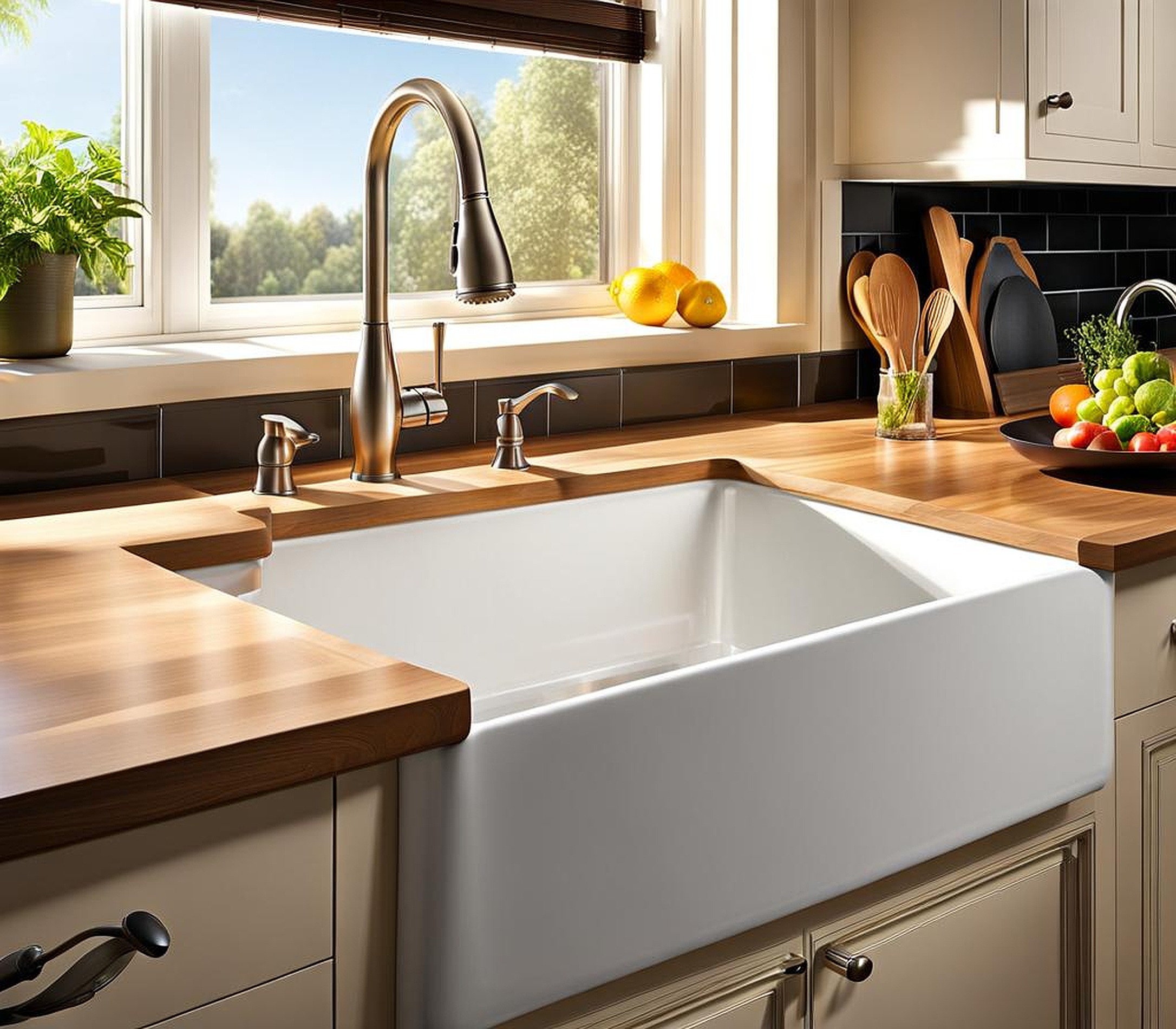When it comes to kitchen renovations, selecting the right prep sink size is crucial for optimizing workflow and functionality. As a kitchen design enthusiast, I understand the importance of getting this crucial element just right. The kitchen prep sink is the heart of your culinary workspace, and its dimensions can make or break your cooking experience. Let’s dive into the world of prep sink sizing and uncover the secrets to achieving the perfect balance of style and practicality.
Understanding Prep Sink Dimensions
Before diving into the process of choosing the ideal prep sink size, it’s essential to grasp the standard dimensions available in the market. Typically, kitchen prep sinks range from compact 15-inch models to spacious 36-inch variants, with depths varying from 6 to 12 inches. The size you ultimately select will depend on several factors, including your kitchen layout, available countertop space, and intended usage.
Ergonomics play a pivotal role in determining the optimal sink depth and height. A sink that’s too deep can strain your back and shoulders, while one that’s too shallow may leave you hunched over uncomfortably. The sweet spot is often around 9 inches deep, allowing for easy access and comfortable food preparation. As for height, most experts recommend a sink installation that positions the basin’s bottom at approximately 34-36 inches from the floor for optimal comfort during extended periods of use.
But what about those of us with smaller kitchens or limited counter space? Fear not, my friends! Compact prep sinks in the 15-inch to 20-inch range can be a game-changer. These space-saving solutions offer ample room for food prep and cleaning without overwhelming your workspace. Imagine having a dedicated area for rinsing vegetables or quickly washing a few dishes without feeling cramped or cluttered.
Prep Sink Material and Style Options
Once you’ve narrowed down the dimensions, it’s time to explore the array of materials and styles available for your kitchen prep sink. Stainless steel sinks are a popular choice, offering durability and ease of maintenance. Their sleek, modern appearance seamlessly integrates into most kitchen designs, making them a versatile option.
For those seeking a more luxurious touch, granite composite sinks provide exceptional heat and stain resistance, ensuring your sink remains pristine even after years of heavy use. These sinks come in a variety of colors and finishes, allowing you to perfectly complement your kitchen’s aesthetic. Personally, I’m a sucker for the rich, earthy tones of a granite composite sink – they add a touch of warmth and sophistication to any space.
Undermount vs. Top-mount Installation
Another consideration is whether to opt for an undermount or top-mount sink installation. Undermount sinks create a seamless transition between the countertop and sink, resulting in a sleek, modern look that’s easy to clean. Top-mount sinks, on the other hand, are more traditional and may suit kitchens with a more rustic or vintage vibe.
Additionally, you’ll need to decide between a single or double bowl sink configuration. Single bowl sinks offer ample space for larger pots and pans, while double bowl designs provide dedicated areas for food preparation and washing, enhancing efficiency. As a home chef, I personally can’t live without my double bowl setup – it’s like having an extra set of hands in the kitchen!

Maximizing Kitchen Workflow with the Right Prep Sink
Beyond aesthetics, the true value of a well-chosen prep sink lies in its ability to streamline your kitchen workflow. Positioning the sink strategically within your kitchen layout can significantly enhance efficiency during food preparation tasks. Consider placing it in close proximity to your cooktop and refrigerator for a seamless transition between ingredients and cooking surfaces.
When selecting your sink size, be mindful of the largest cookware you typically use. A generously sized sink can accommodate oversized pots, pans, and baking sheets with ease, eliminating the need for awkward maneuvering or excessive dish stacking. Additionally, incorporate accessories like colanders, cutting boards, and drying racks to create a fully integrated workstation within your sink area.
Speaking from experience, having a dedicated prep sink has been a total game-changer in my kitchen. No more juggling multiple tasks or cluttering up the main sink area – I can chop veggies, rinse produce, and even let dishes soak without disrupting my cooking flow. It’s like having an extra set of hands in the kitchen, and trust me, you’ll wonder how you ever lived without it.
While functionality should be your top priority, striking a balance between practicality and aesthetics is essential for creating a cohesive kitchen design. Coordinate your prep sink size with the overall aesthetic you’re aiming for, ensuring it complements the surrounding countertop materials, appliances, and cabinetry.
For instance, a sleek, minimalist kitchen may benefit from a streamlined, undermount sink that blends seamlessly into the countertop surface. Conversely, a more traditional or farmhouse-inspired design could call for an apron-front sink with an exposed front panel, adding a touch of rustic charm.
But let’s not forget about the little details that can truly elevate your kitchen’s style. Consider incorporating a unique faucet design or adding a coordinating soap dispenser and towel bar to your prep sink area. These small touches can tie the entire space together and create a cohesive, visually appealing focal point.
Remember, the kitchen is a multifunctional space where form and function should coexist harmoniously. By carefully considering the size, material, and style of your prep sink, you can achieve a visually appealing and highly practical workspace that elevates your culinary experience. Trust me, your future self will thank you every time you step into your beautifully designed, fully optimized kitchen oasis.